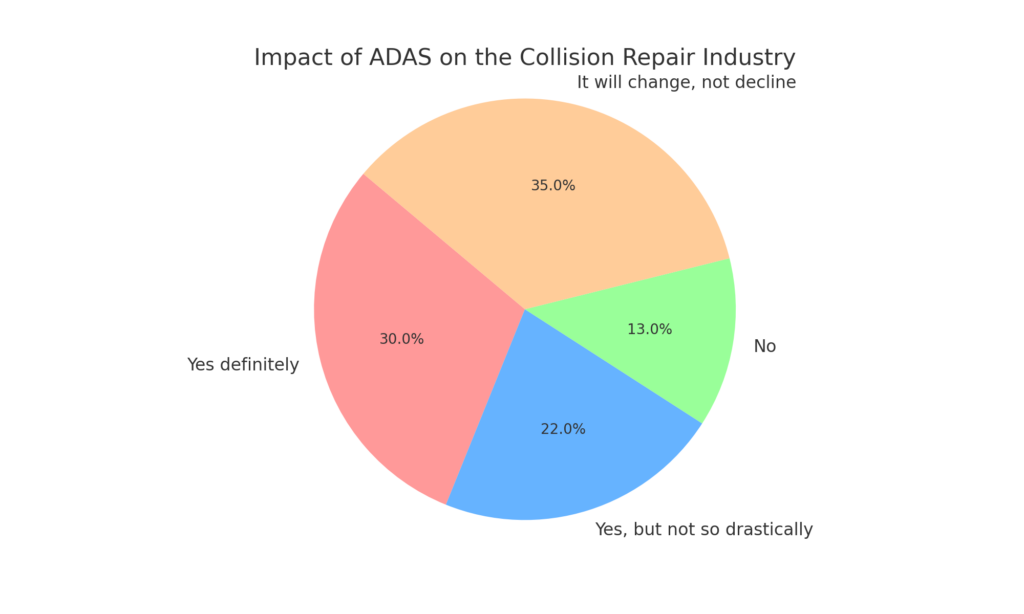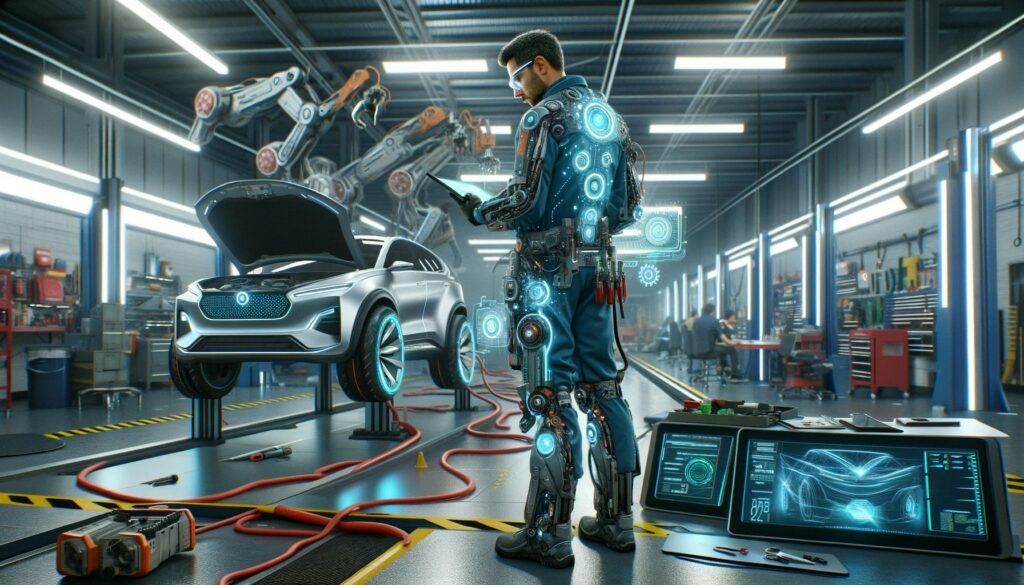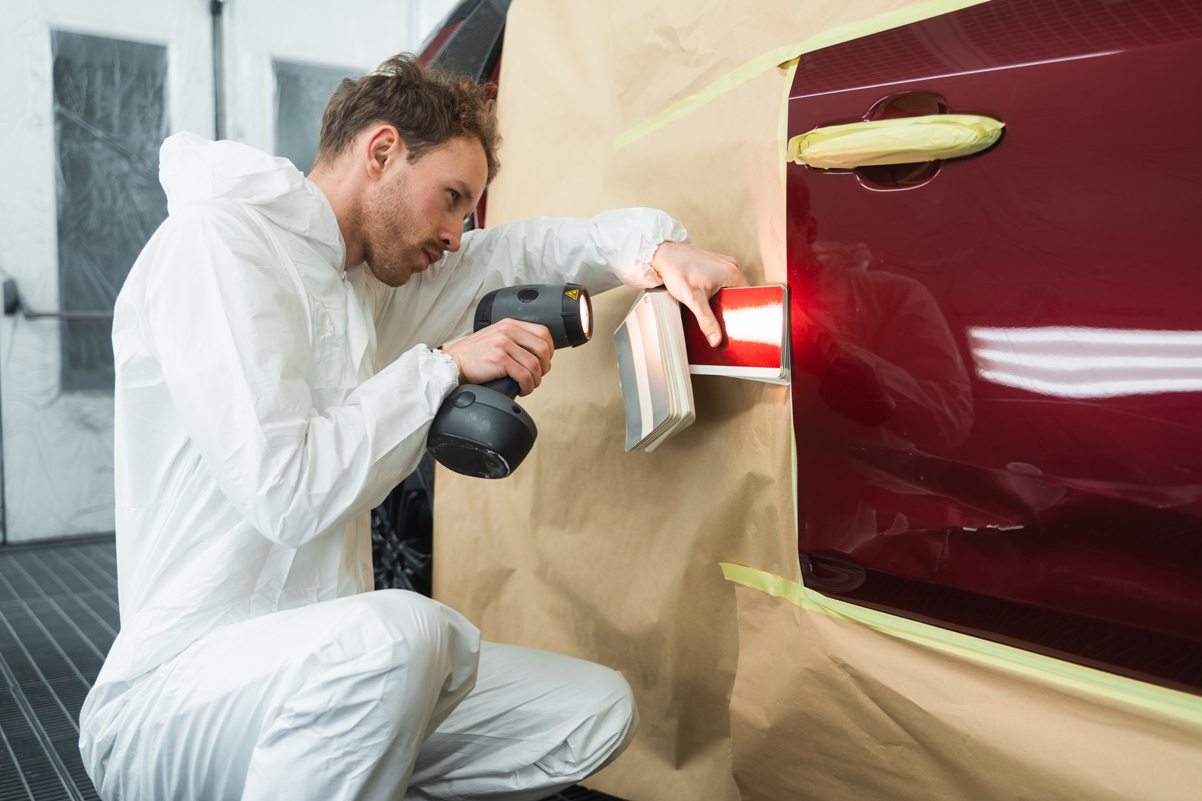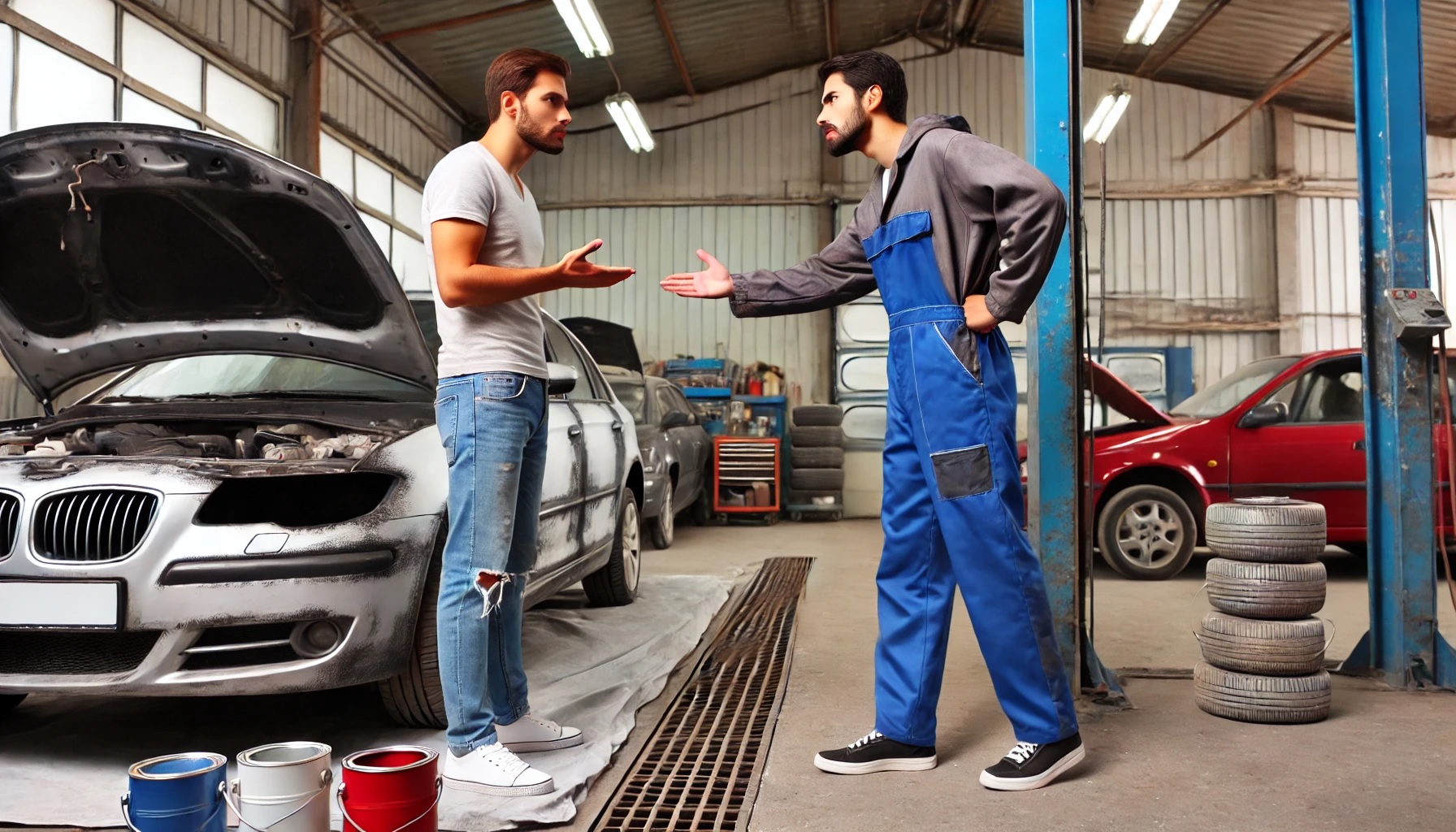Recently I conducted small research on Linkedin, asking my colleagues a simple question: “Do you think that in the future collision repair industry will have a massive decline because of ADAS (advanced driver-assistance systems)?”
There were four options for the answer:
- Yes definitely
- Yes, but not so drastically
- No
- It will change, not decline
The results of the pall were as in the below graph:
At a quick glance on the results, we can easily conclude that the vast majority of the respondents – 87% believe that ADAS will affect the collision repair industry. Only 13% has doubts about it. Additionally, 35% believe that our industry will change, not decline, meaning that there will be a shift in the work to other operations. I also belong to this group. The change is inevitable, and the only difference will be the speed of the technology’s penetration. In the markets like Greece, with its aged vehicles’ fleet of 16 years on average, new cars will be the majority on the Greek roads in a while from now. So, the question is not “if” the change will come, but “when”.
What is this ADAS anyway?
Ever noticed how fixing a simple dent or a bumper isn’t as straightforward as it used to be? Welcome to the era of Advanced Driver-Assistance Systems (ADAS) – a game-changer in the automotive world that’s reshaping how we approach car repairs, especially when it comes to paint jobs and coatings.
ADAS systems, with their fancy radar, cameras, and lidar, are like having an extra set of eyes (and brains) on the road, making driving safer with features like blind-spot monitoring and automatic emergency braking. But, here’s the kicker: repairing a car with ADAS is like performing surgery with a paintbrush. You’ve got to know what you’re dealing with before you even think about touching up that paint job.
Why OEM Guidelines are Your New Best Friend
Sticking to OEM repair guidelines is not optional anymore. It’s like the holy grail of ADAS repairs. Skipping this step? Well, you might as well be painting with your eyes closed. OEM guidelines tell you exactly how to handle repairs without messing with the car’s safety features. Ignoring these could mean your repairs are doing more harm than good. What does this mean?
Painting with Precision
With ADAS, it’s about making sure your paint job doesn’t interfere with those crucial sensors. This means no thick layers of paint or fillers in the radar zones. Brands like AkzoNobel is even whipping up special radar-transparent formulas to keep those sensors happy. It’s a whole new world of paint formulas! Prepping and painting around radar zones is like walking a tightrope. Too much paint here, a little filler there, and you could throw off the car’s safety features. It’s all about knowing where you can and can’t repair, and sometimes, it’s about knowing when to say, “This bumper needs replacing, not repainting.”
Insurance Battles and Technicolor Challenges
Dealing with insurance companies over ADAS repairs? Brace yourself. It’s going to be a ride. Documentation is your armor and OEM guidelines your sword in these battles. And color matching? That’s become a quest for the holy grail with radar-transparent formulas. Adjusting your paint formula is no longer just about getting the color spot-on; it’s about ensuring the car’s radar system doesn’t throw a fit because the paint’s too thick or the wrong type.

The Future is Now (And It’s Complicated)
As we speed into the future, ADAS is only going to get more complex, and so will repairing these high-tech chariots. Staying ahead means being proactive about learning. It’s not just about keeping up with paint trends or the latest repair tools; it’s about understanding the tech that makes modern cars safer and more complex.Ever thought about sanding down a bumper because of a tiny scratch? In the world of ADAS, even that needs a second thought. The uniformity of your paint job can affect how well a car’s radar system works. It’s like trying to fix a scratch on your smartphone’s camera lens; precision is key.
And here’s a reality check – sometimes, you just can’t repair a bumper or a sensor zone. Whether it’s because the damage is too extensive or because the insurance company finally gets it, replacement is often the safer, smarter choice. It’s a tough pill to swallow for the repair-and-reuse advocates, but it’s all in the name of safety.
Will ADAS destroy the car collision repair business?
Analysts from the insurance industry, the ones who pay the bills, run various simulation models in order to forecast the changes those new technological advancements will cause. While the figures vary from 15% to 30% decrease in incidents rate, it is almost certain that there will be a significant reduction in total market value affecting spare parts, paint consumables and repair dollars invoiced. Yet is it so tragic?
First off, since ADAS helps avoid crashes, there’s probably going to be fewer banged-up cars needing repairs. This might sound like great news, but for bodyshops, it means they’ll get fewer customers.
But here’s the twist: when these high-tech cars do need fixing, it’s a whole different ball game. Repairing or recalibrating those ADAS sensors and cameras can be tricky and expensive. Bodyshops need special tools and training for that. So, even though they might see fewer cars, the ones they do work on could cost more to fix.
Another thing – the skills needed for these repairs are pretty specialized. Bodyshops might need to step up their game, getting the latest gear and training their staff to handle these high-tech systems. This could lead to some big changes in the repair shop world. Smaller shops might struggle to keep up with the costs of new equipment and training. We might even see some shops specializing in just ADAS repairs. I strongly believe that the business concept of a small bodyshop specializing only in refinishing jobs will be under the most severe impact. Even the refinishing job itself in the future might need special application techniques for the proper functioning of ADAS where paint will be an integral part of the whole system.
What is even more important, these new technologies’ repairs will require totally different skills set from the repairers. In my previous article I raised the question about the failure of the collision repair industry to attract young people to the trade. Maybe the new positions for the repair and calibration of the ADAS systems will draw attention of the tech-savvy generation?

So, in a nutshell, while our cars are getting safer and smarter with ADAS, it’s kind of a mixed bag for repair shops. While I can’t predict how fast these changes will occur, they will definitely be coming. The speed of the change depends on the global economic climate, vehicles’ fleet age and many more aspects. Without a doubt, some markets will reach the turning point faster than some others. All of us who is involved in this industry though, we got new challenges ahead, but also some cool opportunities to become experts in this high-tech area of car repair.
Wrapping up this deep dive into the world of ADAS and automotive coatings, the big takeaway is clear: knowledge is power. Understanding the intricacies of ADAS, from the sensors to the OEM guidelines, is crucial for anyone in the automotive repair industry. It’s not just about making cars look good anymore; it’s about ensuring they operate safely, too.
Perhaps there is one very positive thing here as well. The future of the collision repair moves from that of perceived low skill job to a much more technical and prestigious (and well-paid) work places. Repairing vehicles will be more like repairing a computer. Our industry will rather evolve than shrink.
Happy repairing my dear colleagues! Keep those sensors sensing, and those cars cruising safely.



